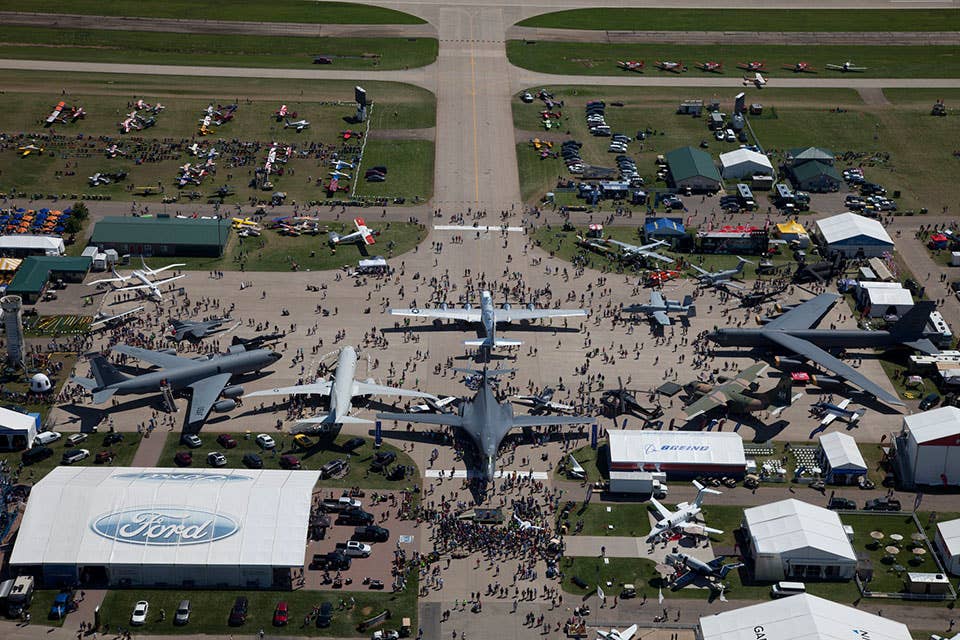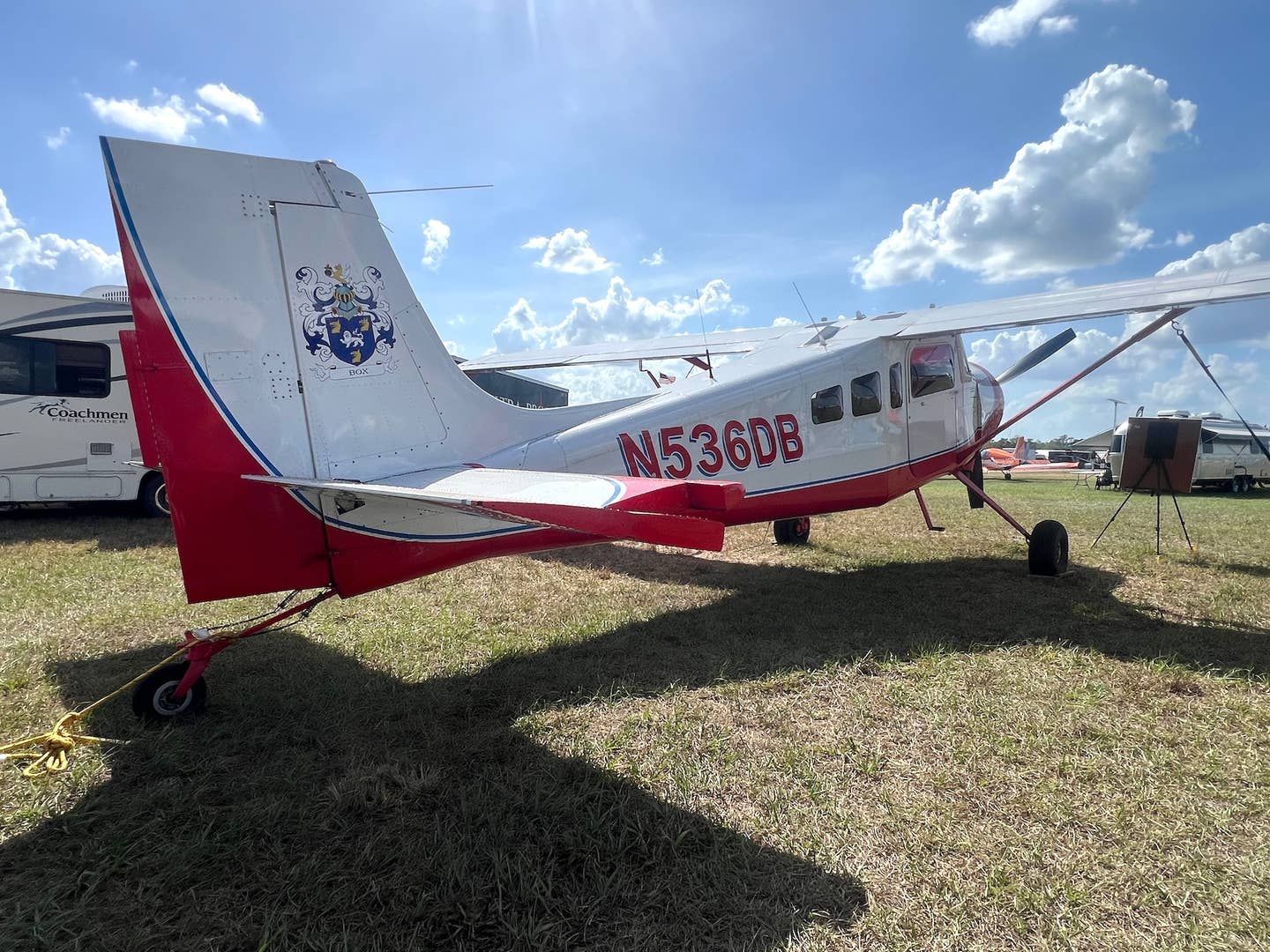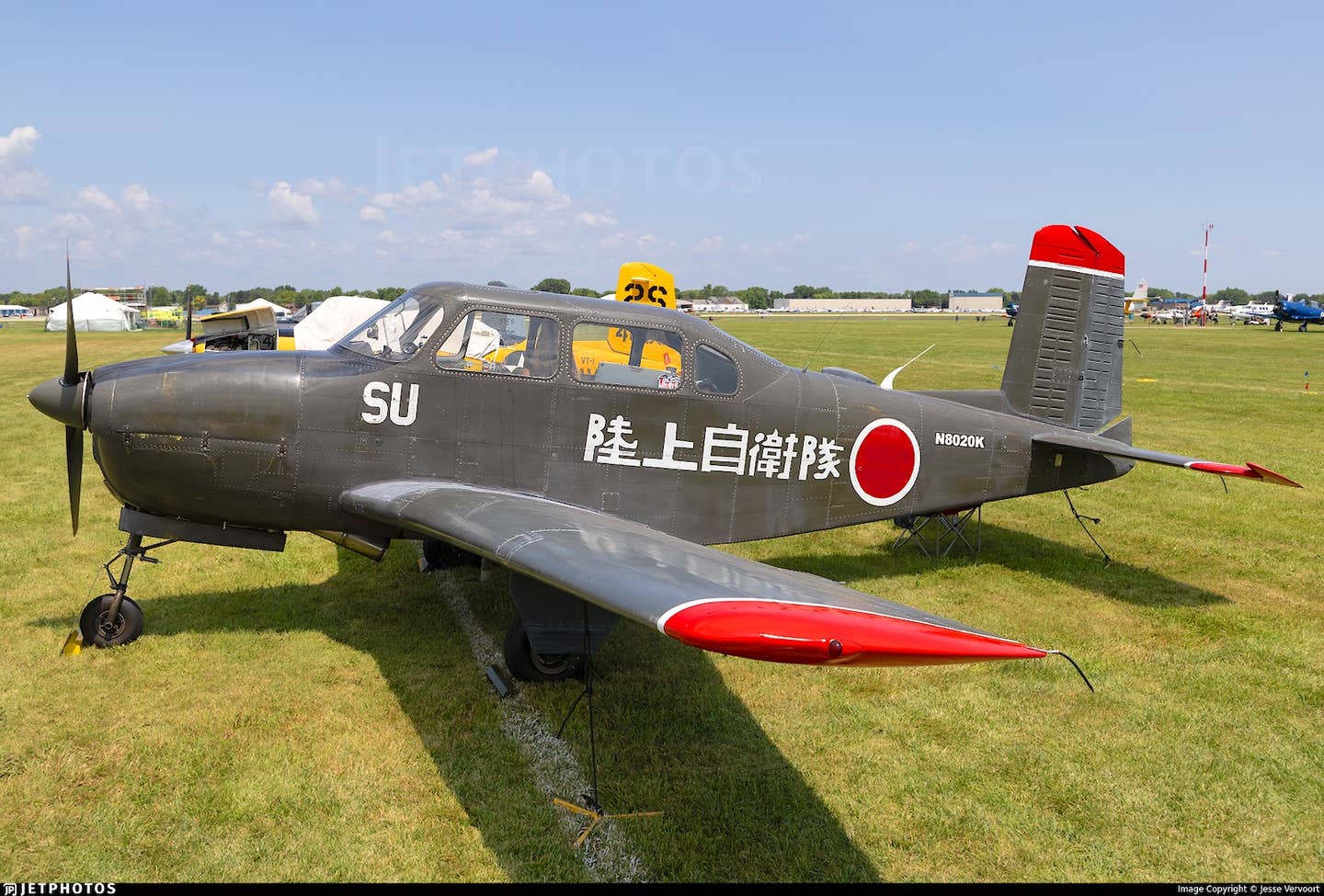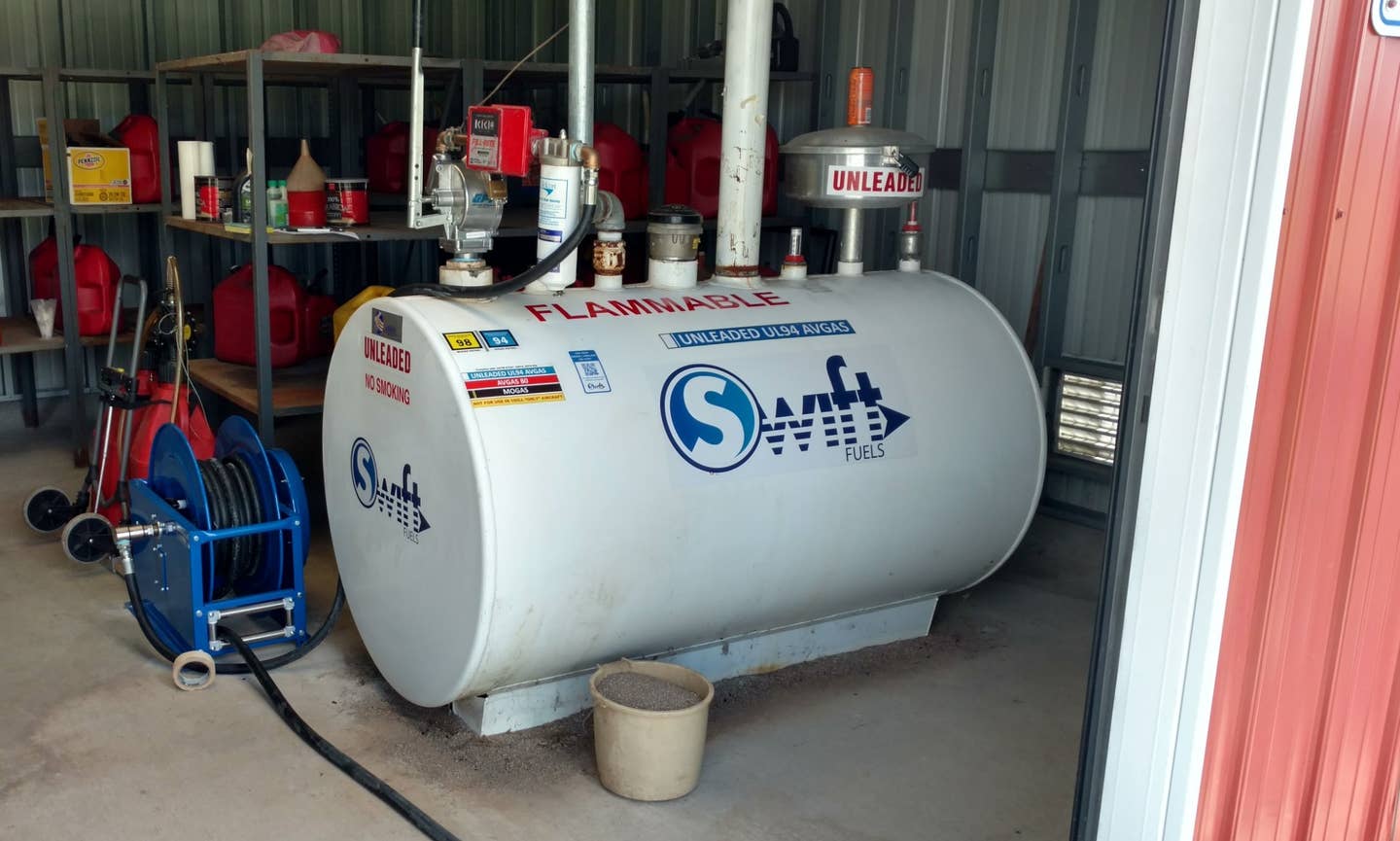Eclipse Goes Solo with Concept Jet
On Monday morning at EAA AirVenture, Eclipse Aviation President and CEO Vern Raburn stunned the press corps when he taxied up to the company’s exhibit in the V-tail, single-engine Eclipse Concept Jet (ECJ) prototype just minutes after the airplane project itself was announced by COO Peg Bilson. The four-set very light jet single, which shares about 60-percent commonality with its larger Eclipse 500 sibling, was built in complete secrecy at the NASA Wallops Island facility in Virginia by contractors Swift Engineering and Basis. It features a V-tail and pod-mounted Pratt & Whitney Canada PW610F, along with the Avio NG integrated avionics suite. According to the company, the all-aluminum ECJ prototype has logged about 30 hours since its first flight on July 2, and the airplane has reached speeds of 250 knots and altitudes up to 25,000 feet. Ultimately, the small jet is expected to attain 345 knots and FL410 during testing; NBAA IFR range is predicted to be 1,250 nm. Preliminary weights include a 4,800-pound mtow, 2,480-pound empty weight, 2,000-pound useful load and 1,261-pound fuel capacity. Eclipse stresses, however, that the airplane is only a concept model and is not a product launch.
 On Monday morning at EAA AirVenture, Eclipse Aviation President and CEO Vern Raburn stunned the press corps when he taxied up to the company's exhibit in the V-tail, single-engine Eclipse Concept Jet (ECJ) prototype just minutes after the airplane project itself was announced by COO Peg Bilson. The four-set very light jet single, which shares about 60-percent commonality with its larger Eclipse 500 sibling, was built in complete secrecy at the NASA Wallops Island facility in Virginia by contractors Swift Engineering and Basis. It features a V-tail and pod-mounted Pratt & Whitney Canada PW610F, along with the Avio NG integrated avionics suite. According to the company, the all-aluminum ECJ prototype has logged about 30 hours since its first flight on July 2, and the airplane has reached speeds of 250 knots and altitudes up to 25,000 feet. Ultimately, the small jet is expected to attain 345 knots and FL410 during testing; NBAA IFR range is predicted to be 1,250 nm. Preliminary weights include a 4,800-pound mtow, 2,480-pound empty weight, 2,000-pound useful load and 1,261-pound fuel capacity. Eclipse stresses, however, that the airplane is only a concept model and is not a product launch.
On Monday morning at EAA AirVenture, Eclipse Aviation President and CEO Vern Raburn stunned the press corps when he taxied up to the company's exhibit in the V-tail, single-engine Eclipse Concept Jet (ECJ) prototype just minutes after the airplane project itself was announced by COO Peg Bilson. The four-set very light jet single, which shares about 60-percent commonality with its larger Eclipse 500 sibling, was built in complete secrecy at the NASA Wallops Island facility in Virginia by contractors Swift Engineering and Basis. It features a V-tail and pod-mounted Pratt & Whitney Canada PW610F, along with the Avio NG integrated avionics suite. According to the company, the all-aluminum ECJ prototype has logged about 30 hours since its first flight on July 2, and the airplane has reached speeds of 250 knots and altitudes up to 25,000 feet. Ultimately, the small jet is expected to attain 345 knots and FL410 during testing; NBAA IFR range is predicted to be 1,250 nm. Preliminary weights include a 4,800-pound mtow, 2,480-pound empty weight, 2,000-pound useful load and 1,261-pound fuel capacity. Eclipse stresses, however, that the airplane is only a concept model and is not a product launch.
"The Eclipse Jet will allow us to obtain real, quantifiable data that looks at this developing category," notes Raburn. "While today we have no production plans for the ECJ, we are constantly evaluating markets for future Eclipse products…we are anxious to reveal the potential of this emerging category, and out opportunity to add real value to it." Raburn says that his company will make a go/no-go decision for the ECJ's official launch in the next 12 months, and he notes that the VLJ does not yet have a model number. While Eclipse did not issue any pricing for the ECJ (nor is it taking any deposits at this time), Raburn estimates that it would probably cost about $1 million.






